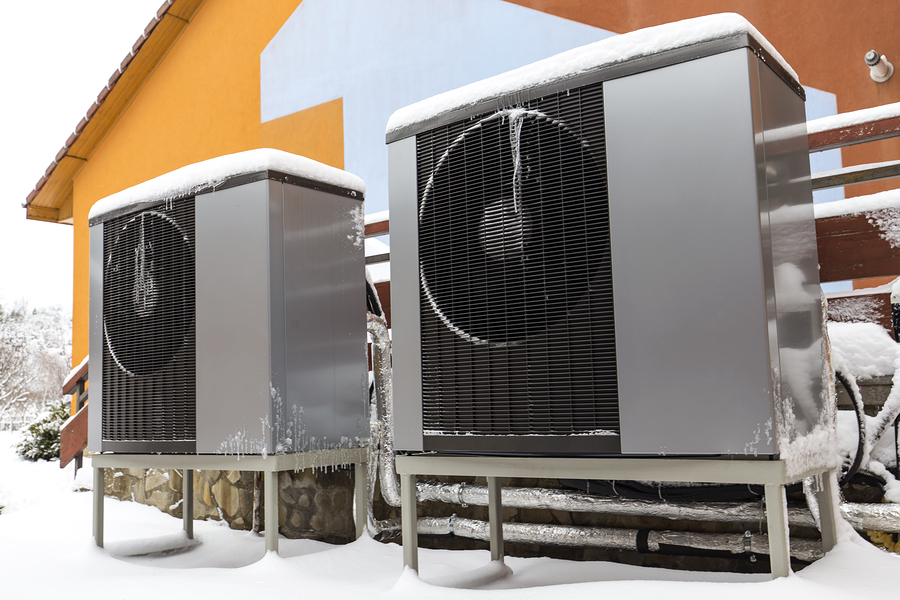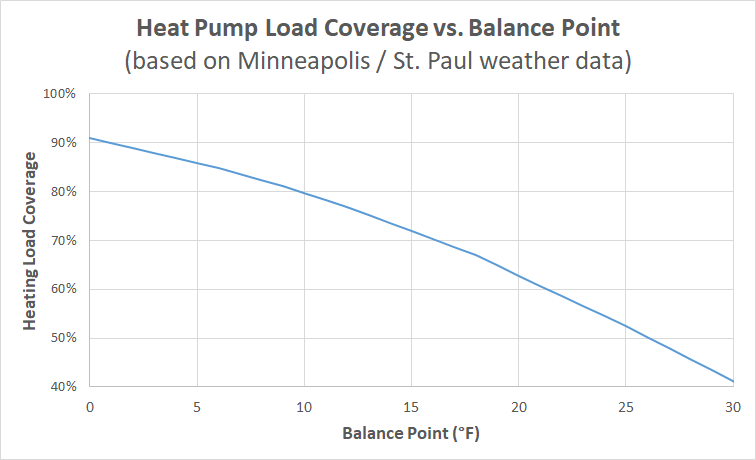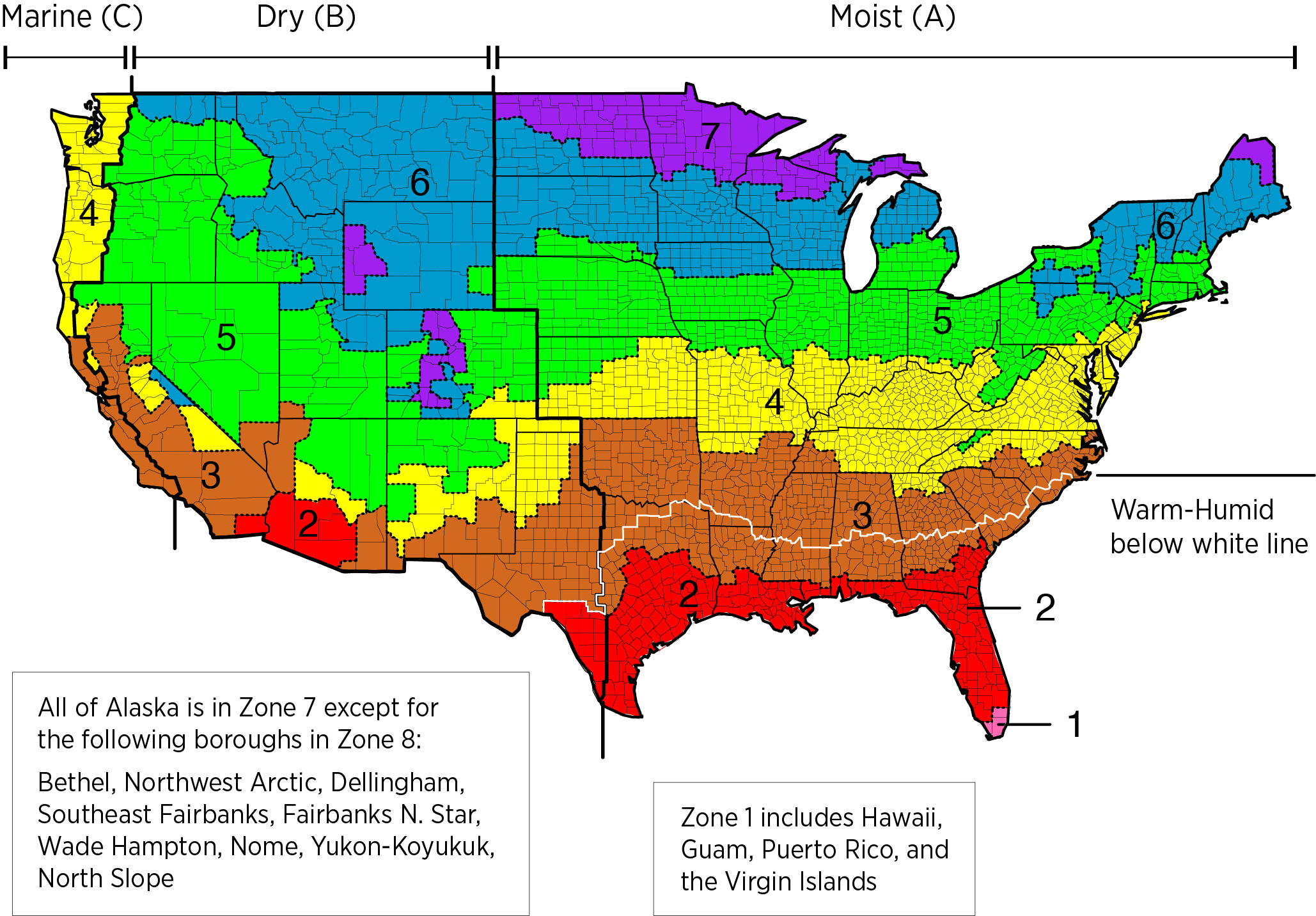Clean & Efficient Heat: Air‑Source Heat Pumps
With an air-source heat pump, you can convert a large portion of your home heating to clean electricity.

This article is Part 3 of our ongoing series: The Ultimate Guide to Low-Carbon Heating in Minnesota.
You can go back to Part 2 here: Off the Gas Grid: Propane and Heating Oil.
Previously in this low-carbon heating guide, we discussed the heating sources that dominate the Upper Midwest: natural gas and propane/oil. These fossil fuels create enormous environmental problems, especially when it comes to climate change. Fortunately, we have an alternative: the Air-Source Heat Pump (ASHP, or just “heat pump”).
An ASHP is essentially an air conditioner that can “run in reverse” to supply heating rather than cooling. This works by extracting heat from the cold air outside and releasing it into your home. Since it runs on electricity, a heat pump can be powered with renewable energy sources like wind and solar power.
Unfortunately, it’s not a drop-in replacement for a traditional furnace.
Backup Required
The biggest drawback to an ASHP is that it extracts less heat as the outside temperature drops – which is exactly when your home needs more heat! This means that you will need a backup heat source like natural gas or propane. When the outside temperature reaches a certain level (which we call the “balance point”), the heat pump cannot keep up. So your thermostat shuts it off and switches to fossil-fuel backup heat. The lower your balance point is, the less you will run the backup system.
The balance point depends on the efficiency of the equipment (i.e. how quickly the ASHP can supply heat) as well as the efficiency of your home (i.e. how quickly your home loses heat). The typical balance point for a standard heat pump installation is 20-25°. Over the course of a Twin Cities heating season, such a heat pump would supply 50-65% of your heating energy.

A lower balance point means more of your heat comes from the heat pump.
Also available are “cold-climate” heat pumps, which work at much lower temperatures. With a cold-climate ASHP and a well-insulated home, your balance point can approach 0°. This could cover up to 90% of your heating needs!
Environmental Impact
The carbon footprint of a heat pump depends on two things: the efficiency of the heat pump, and the energy sources on the electric grid.
Heat Pump Efficiency
Heat pump efficiency is rated in terms of “HSPF”: Heating Seasonal Performance Factor, which estimates the average efficiency over an entire season. A good-quality heat pump might have an HSPF of 11. This means that averaged over the full heating season, the system creates 11,000 BTUs of heat for each kWh of electricity.
Unfortunately, HSPF is estimated based on Climate Region 4 – a much warmer area than Minnesota that represents the climate in places like Washington D.C., St. Louis, and Seattle. This means that HSPF doesn’t accurately reflect cold-weather performance.

Climate Zones of the US, from the International Energy Conservation Code.
For a standard heat pump, this doesn’t really matter because the system will switch to backup in cold weather anyway. But for cold-climate heat pumps, it means the real-world efficiency in Minnesota will be much lower than its published rating. For example, the Minnesota Center for Energy and the Environment measured real-world performance for several installations of a 12.5-HSPF heat pump, and found that the actual efficiency was around 30% lower, equivalent to an HSPF of 9.
But despite having a lower overall efficiency, a cold-climate heat pump is still an improvement when it comes to carbon emissions. It greatly reduces the amount of fossil fuels required for backup heating, and this is far more important than the efficiency.
Electric Grid Carbon Intensity
Xcel Energy in Minnesota has one of the cleanest electricity supplies in the country, at 0.39kg/kWh of carbon. And over the next 10 years, Xcel is planning to cut this by over two-thirds, to 0.13kg/kWh. (For our ratings below, we use the middle of these two values: 0.26kg/kWh.)
Great River Energy, which supplies electricity for co-op utilities throughout Minnesota, has about double the carbon intensity of Xcel – but plans to achieve 50% renewable generation by 2030.
And with just about any electric utility, you can subscribe to a renewable energy program that guarantees your personal electricity is generated from 100% wind or solar power – meaning the carbon footprint of your electricity is effectively zero.

Wind power supplies nearly 20% of Minnesota's electricity.
Climate advocates say the best strategy for fighting climate change is to “electrify everything”. Heat pumps are a major part of that strategy. The greenhouse emissions caused by an ASHP’s energy use are lower than natural gas today – and as the grid continues to get cleaner, every heat pump in operation will improve along with it.
Costs
The expense of running your heat pump depends on your electricity prices, which can vary greatly depending on your utility. For Xcel Energy in Minnesota, the base price for winter electricity is about 12c/kWh. But if you use electric heat with a fuel backup (like natural gas) that Xcel can remotely active, you qualify for the much lower “dual-fuel” rate of 7.5c/kWh.
For our standard ASHP efficiency of 11, this is a little bit cheaper than natural gas. For the cold-climate ASHP efficiency of 9, it’s a little bit more expensive. Factoring in the backup heat runtime with a traditional 80%-efficient furnace, the total annual costs come out to $510/year for a standard and $550/year for a cold-climate heat pump.
As for installation costs: comparing them to gas equipment is apples and oranges. A heat pump is a replacement for an air conditioner, not a furnace! When compared to a cooling-only air conditioner, a standard heat pump will typically cost $750 extra, while a cold-climate heat pump will add cost $5,000 extra or more.
In our ratings below, we add these extra costs to a base furnace price.
Overall Ratings
Here are our overall ratings for the two types of air-source heat pumps:
Both types of heat pump have dramatically lower carbon footprints than gas, and similar operating costs. And they blow propane and heating oil out of the water! Unfortunately, they cost more up-front.
Next: Going Ductless: Heat Pumps without Forced Air.
About 2040 Energy
We are building RenewaBoiler — the first cold-climate heat pump designed for hot water radiators.
To follow our progress, sign up for email updates below. (We promise to respect your inbox!)